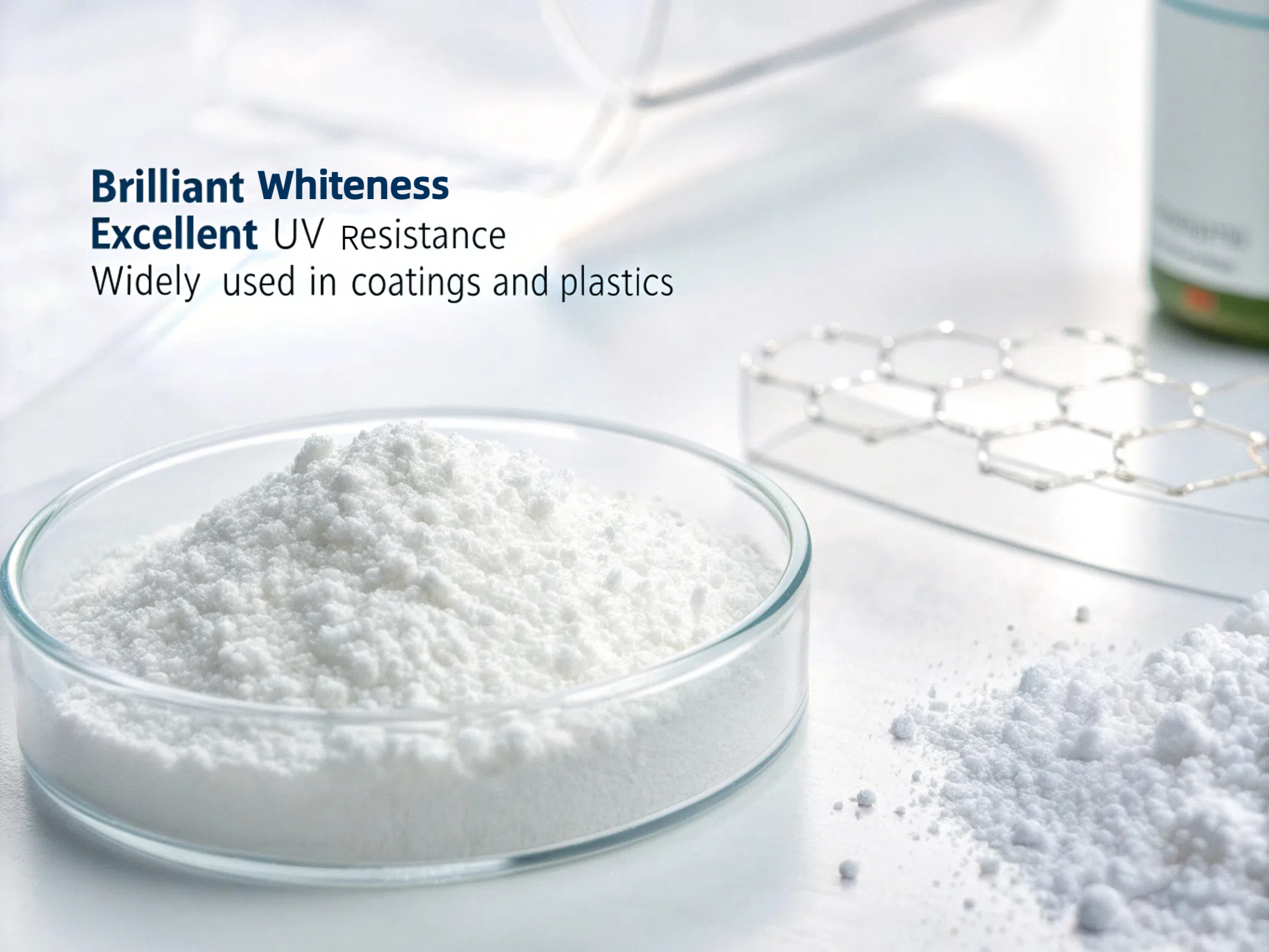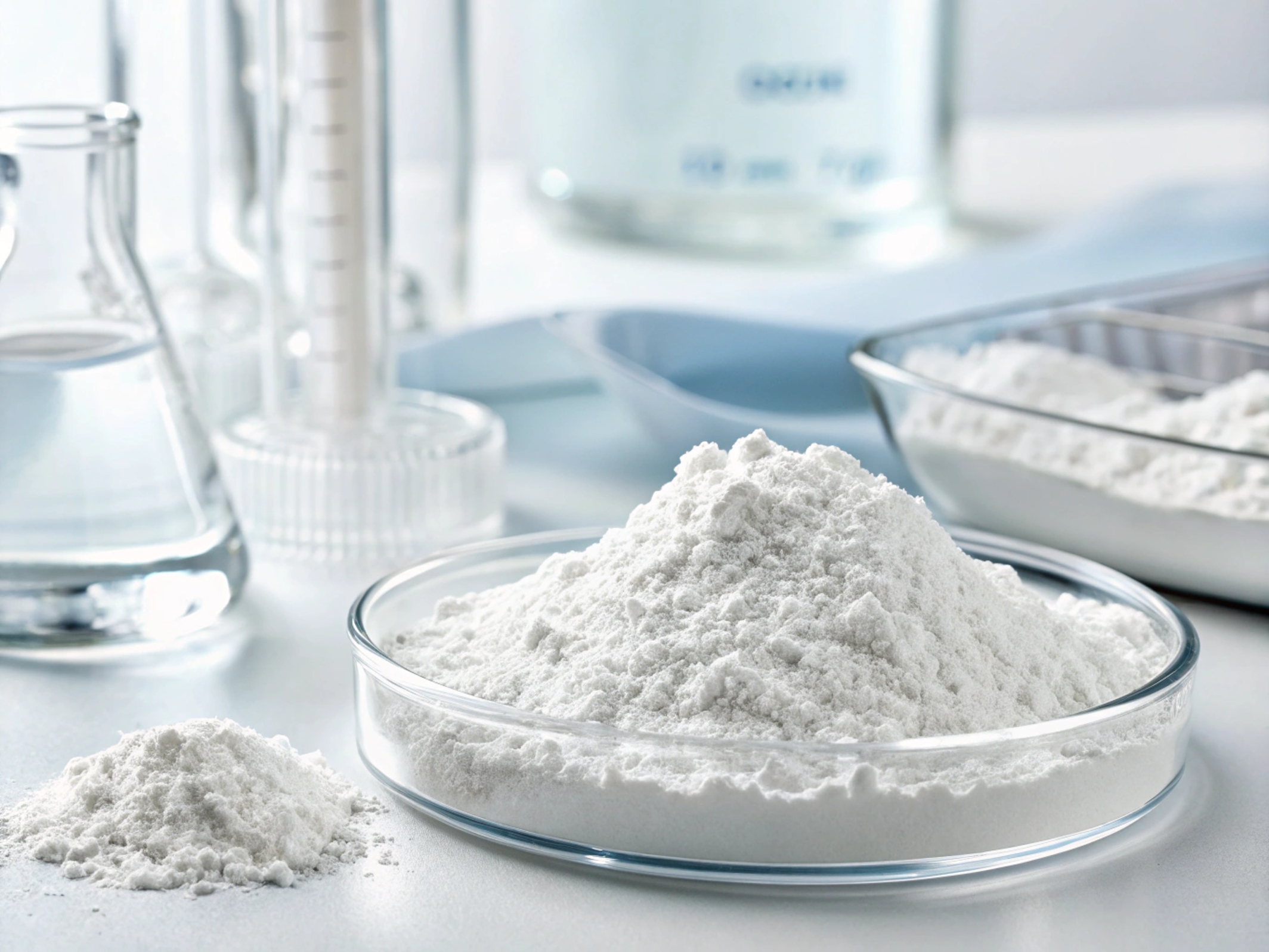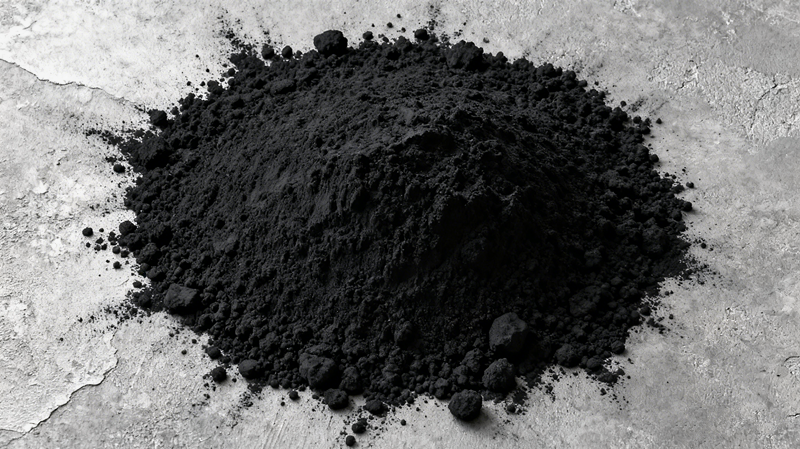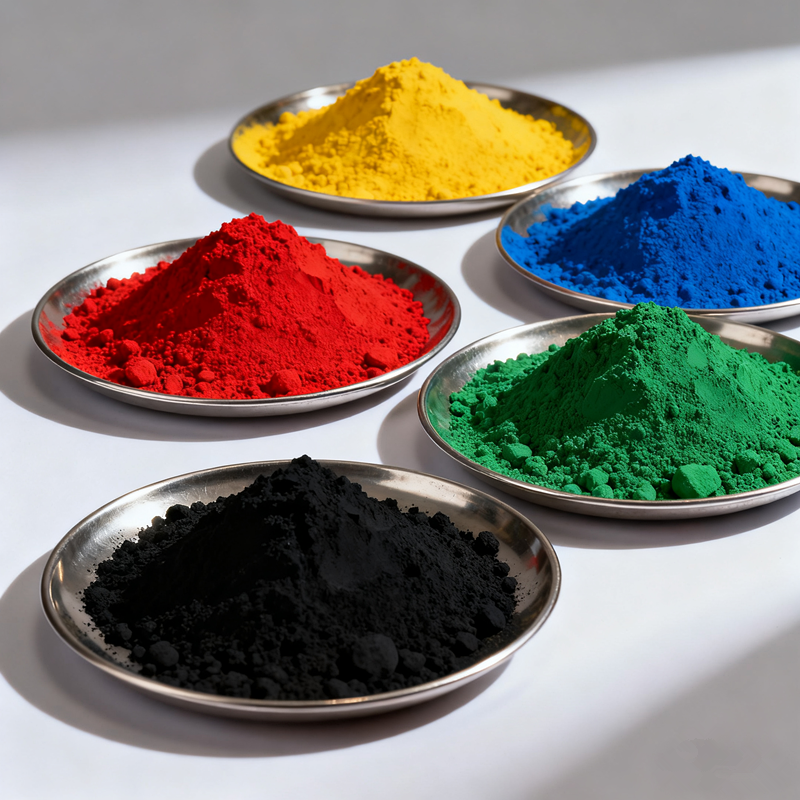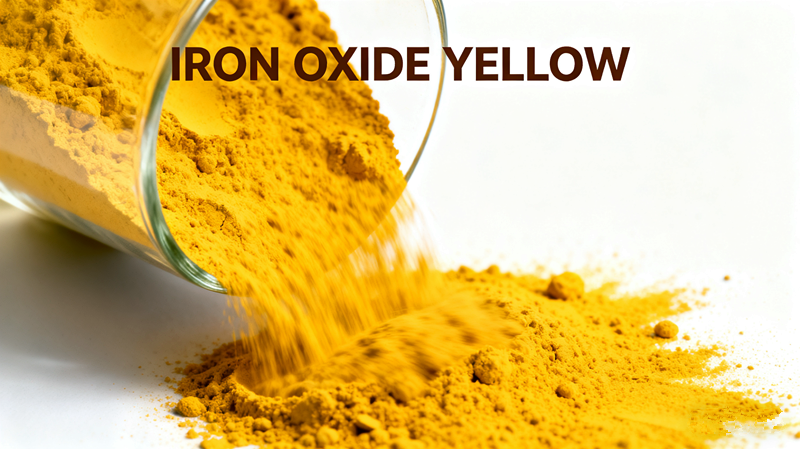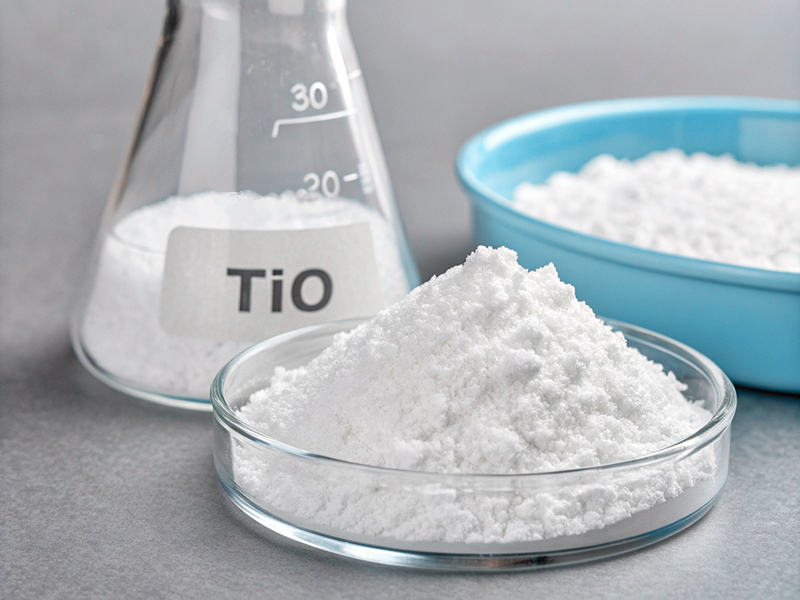Titanium dioxide (TiO₂) is one of the most versatile white pigments used across numerous industries. Known for its exceptional brightness, opacity, and UV resistance, TiO₂ plays a critical role in the formulation of paints, plastics, paper, inks, cosmetics, and even food products. This article explores the widespread application of titanium dioxide1, with a special focus on its dominant presence in coatings and plastics.
Titanium Dioxide: A High-Performance White Pigment
Titanium dioxide is a naturally occurring oxide of titanium. Its unique properties—such as a high refractive index, excellent light-scattering ability, and chemical stability—make it a go-to additive for industries that require whiteness, brightness, and protection.
There are two primary grades of TiO₂: rutile2 and anatase. Rutile, being more stable and opaque, is typically preferred in outdoor applications like coatings and plastics, while anatase is used in indoor or less demanding settings.
Role of Titanium Dioxide in Paints and Coatings
TiO₂ is essential in the global coatings industry, which includes architectural paints, automotive coatings, marine paints, and industrial finishes. Its primary function is to provide:
- High opacity and whiteness3: By scattering visible light, TiO₂ allows paints to hide the underlying surface effectively.
- UV protection: TiO₂ shields substrates from ultraviolet light, enhancing durability and preventing degradation.
- Color retention: It helps maintain color vibrancy over time, even under harsh environmental exposure.
According to industry data, nearly 60% of titanium dioxide produced worldwide is used in coatings. Its consistent performance, weather resistance, and high covering power make it irreplaceable in this segment.
Expanding Applications in Plastics
The plastics industry is the second-largest consumer of titanium dioxide4. TiO₂ is used in rigid PVC, polypropylene, polystyrene, and engineering plastics. Its functions in this area include:
- Color enhancement5: TiO₂ delivers brilliant whiteness and acts as a base for color formulations.
- UV stability: Similar to coatings, it helps protect plastic products from yellowing and brittleness caused by sun exposure.
- Mechanical performance: In certain plastics, TiO₂ can improve thermal stability and reduce material degradation.
Common applications include:
- Window profiles
- Pipes
- Packaging materials
- Automotive interiors
- Household goods
As global demand for plastic goods grows, so does the consumption of TiO₂ in this sector.
Other Emerging Uses of Titanium Dioxide
Beyond coatings and plastics, titanium dioxide finds use in:
- Paper production: For brightness and opacity in high-grade paper.
- Cosmetics and sunscreens: As a physical UV blocker that is safe and non-irritating.
- Food coloring: Under the label E171, though regulatory reviews have led to some restrictions in recent years.
- Pharmaceuticals: In tablet coatings for visual appeal and stability.
Advanced applications are also emerging, including:
- Photocatalysts for air purification
- Antimicrobial surfaces
- Self-cleaning coatings based on TiO₂ nanoparticles
These uses reflect a growing trend toward functional materials that serve both aesthetic and performance goals.
Market Outlook and Sustainability Trends
With growing emphasis on sustainability, the TiO₂ industry faces pressure to reduce its environmental footprint. Manufacturers are actively investing in:
- Cleaner and more energy-efficient production methods
- Technologies that reduce waste and emissions
- Water recycling and circular economy approaches
- Product innovation with better dispersion and reduced dosage
Although some alternatives like zinc oxide or calcium carbonate are being explored, none match the opacity and performance level of titanium dioxide in most industrial applications.
According to market research, the global titanium dioxide market is projected to surpass USD 25 billion by 2030, driven by:
- Expanding infrastructure in developing economies
- Rising demand for plastics in packaging and consumer goods
- Growth in construction and automotive coatings
- Technological advancements in nanomaterials
Final Thoughts
Titanium dioxide remains a cornerstone material for modern manufacturing. From coatings that protect buildings to plastics that shape everyday life, its wide-ranging applications reflect both its versatility and technical superiority. As industries continue to evolve and sustainability becomes more critical, titanium dioxide6 is expected to remain an essential ingredient—balancing performance, cost-efficiency, and environmental responsibility.
-
Explore this link to understand how titanium dioxide is utilized across different sectors, enhancing product quality and performance. ↩
-
This resource will clarify the distinctions between rutile and anatase, enhancing your understanding of their applications. ↩
-
Explore this link to understand how high opacity and whiteness enhance paint performance and aesthetics. ↩
-
Explore this link to understand how titanium dioxide enhances the performance and quality of various plastics. ↩
-
Explore this link to understand how Color enhancement in TiO₂ can elevate product quality and aesthetics. ↩
-
Explore this link to understand how titanium dioxide is revolutionizing various industries with its unique properties. ↩


